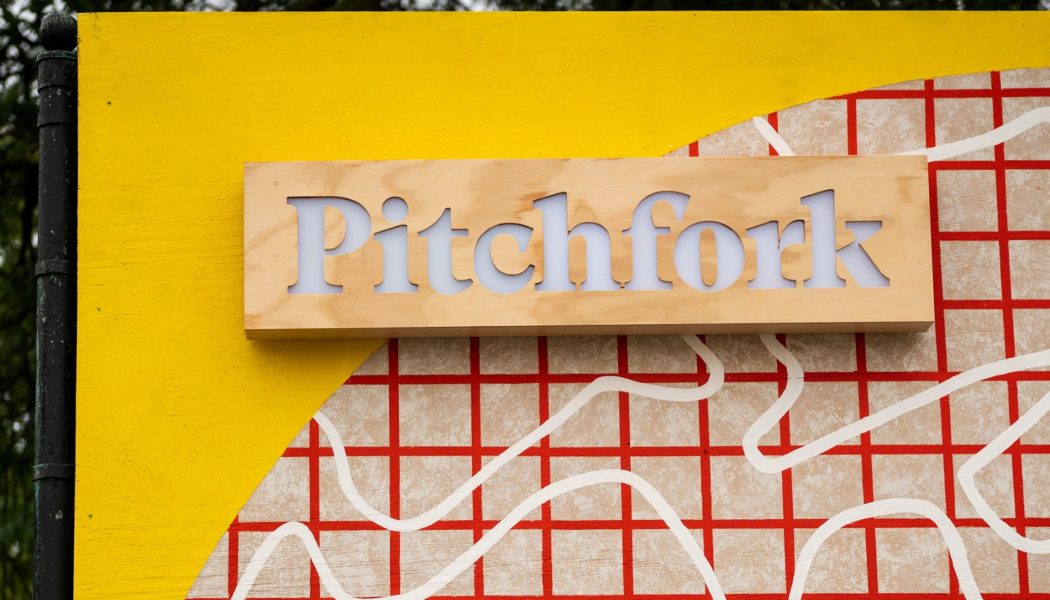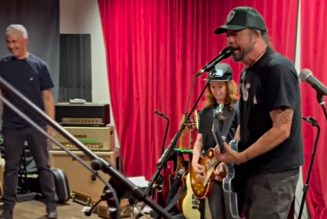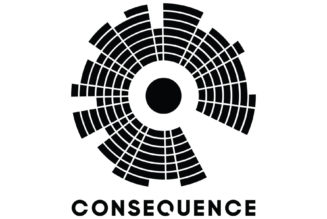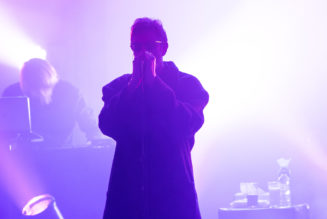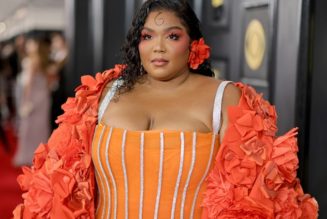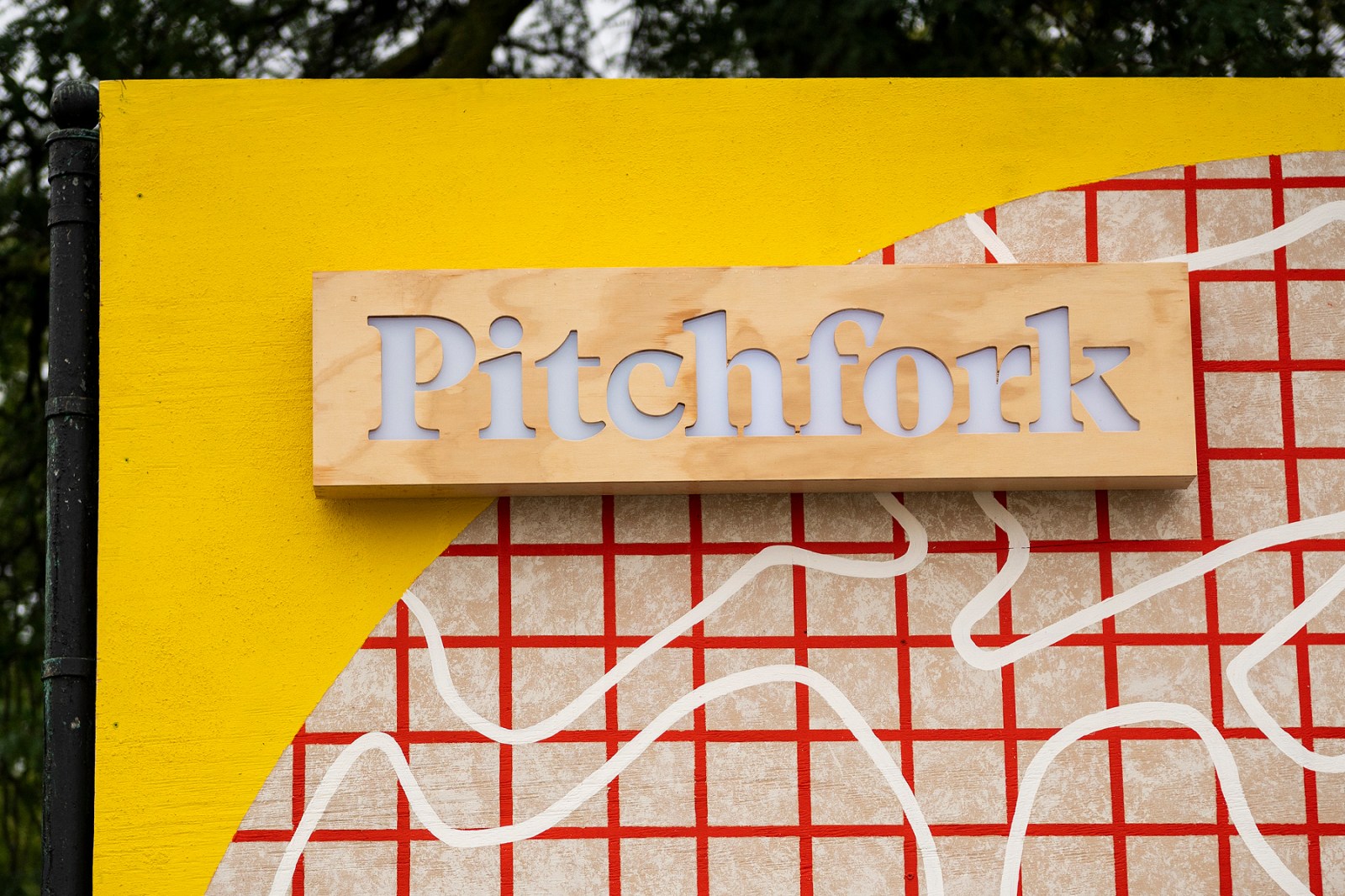
On Wednesday, Jan. 17, media conglomerate Condé Nast revealed that it would be laying off staff at the online music publication Pitchfork and merging the website with men’s magazine GQ. “Today we are evolving our Pitchfork team structure by bringing the team into the GQ organization,” wrote Anna Wintour, chief content officer at the venerable company that also publishes The New Yorker, Vogue, and Vanity Fair, in a memo to staffers that was first reported by Semafor and obtained by Rolling Stone. After 28 years and countless album reviews — scored, with mock-scientific precision, on Pitchfork’s signature 0.0 to 10.0 scale — the music-criticism source that came of age with the internet had suffered its first major setback. The site isn’t over (as of now, its future under GQ is unsure), but on social media, voices from around the music journalism sphere mourned it like it was.
The announcement hit with a particular sense of finality for me because I was one of the dozen people let go in the current round of layoffs, along with editor-in-chief Puja Patel and executive editor Amy Phillips, who has tirelessly steered Pitchfork’s news coverage and beyond for more than 18 years. In a music and media landscape where mass layoffs have become routine — look at the sharp cuts at Bandcamp, Tidal, and Spotify in recent months alone — the purge at Pitchfork wasn’t exactly a surprise. My role as senior staff writer, running the gamut from reviews to investigative journalism and essentially taking on long-term assignments that others on staff didn’t have time to do, has always felt like it was too good to last. Jill Mapes, one of our two brilliant features editors who were both also laid off this week, has referred to her job as “being on a Ferris wheel at closing time, just waiting for them to yank me down,” and that about it sums it up for me, too. But as Pitchfork Union has noted in a statement, Condé Nast CEO Roger Lynch announced last November that he planned to cut about 5 percent of CN’s workforce, and after about a month of limbo, company representatives told union bargaining members before Christmas that there would be no layoffs at Pitchfork. Whoops.
Founded by a teenaged Ryan Schreiber in the mid-1990s out of his parents’ Minneapolis basement, Pitchfork originally gained notoriety mostly for its indie-rock coverage, with reviews that could make or break bands and a breathless, over-the-top prose style that distinguished it — for better or worse, and in hindsight often worse — from established print magazines like Rolling Stone. The site’s name was a reference to Tony Montana’s tattoo in the film Scarface. Schreiber moved Pitchfork to Chicago in 1999, and the publication became comparatively professionalized with the hiring in 2004 of Chris Kaskie, formerly of satirical publication The Onion, to run business operations and seasoned editor Scott Plagenhoef, now global head of editorial at Apple Music, around the same time.
Since then, while there have always been those who complain that Pitchfork’s older stuff was better, the site’s upward trajectory has seemed unassailable: The sale to Condé Nast, in 2015, matched the upstart online publication’s lean editorial operations with the wider resources of a prestigious legacy-media giant; Pitchfork, which had years earlier decamped to its spiritual home of Brooklyn, weirdly relocated to 1 World Trade Center. The transition at the top in 2018 from Mark Richardson, who’d replaced Plagenhoef as editor-in-chief, to Puja Patel (now laid off from Condé) handed the reins from one of Pitchfork’s first freelance reviewers to a veteran of Spin and Gawker Media who recognized that it was historically important — “a fucking miracle,” she once called it — for a woman of color to preside over one of the ludicrously white- and male-dominated bastions of music journalism. Pitchfork’s world got a little bigger, the genres it covered continued to expand, and hard-news scoops kept piling up through last year, when the site received its first-ever National Magazine Award nomination for general excellence. Now, it has been cut down to size.
Perhaps Pitchfork matters today because its arc parallels that of the internet itself, from nerdy and amateurish to grown-up, worldly, and inclusive, to now gated off in a Babel of AI-age confusion. But it also matters because music matters, because writing about music matters, because holding powerful figures to account in any industry matters.
It might sound incredibly lame and pathetic, but it’s no exaggeration to say that Pitchfork has been as big a part of my adult life as anything besides my wife and two kids. I started reading it as a journalism major at Northwestern University in the early 2000s, tantalizingly close to the site’s old Chicago headquarters, not that I remember knowing it at the time. A review of indie-rock heroes Dismemberment Plan let me know I should be bummed their planned set on campus was rained out, a feature on the 50 worst guitar solos ever rewired my brain into the notion that Pink Floyd might suck, actually, and scathing reviews of the then-upstart emo band Jimmy Eat World called into question all the enjoyment I’d felt seeing them live at a tiny venue and memorizing every nuance of their CDs as a teenager in Arizona.
Soon I was scouring Pitchfork every morning — the energy of those early reviews reminded me of the gonzo screeds of Lester Bangs, the idea that writing about music could be an art form in itself — and I naïvely pictured foundational Pitchfork writers like Brent DiCrescenzo, king of the “concept review,” languidly crafting their sentences as a full-time job.
In early 2004, Pitchfork put out a call for submissions, requiring prospective writers to list their top albums of the year and, if memory serves, a particular decade like the 1960s. I had written about some music locally in Chicago, and I applied. For a long while, nothing happened. I was a year out of school, my permalance stint as an editor alongside fellow music nerds at AOL CityGuide was winding down, and my future wife got accepted into the Teach for America program, so we left Chicago for New York. I applied, understandably without success, to the now-defunct music magazine Blender. In August 2004, the same month I eventually accepted a job covering — of all things — the mutual-fund industry for a publication now owned by the Financial Times, I received an email from Ryan Schreiber, to an email address I had stopped checking frequently, with the subject heading “Good News!” I was in. Sure, there were some huge catches that in hindsight should have been waving red flags: I would be expected to file two reviews per week, usually of no more than 600 words unless they were “featured” reviews, which could go as long as 900 words. The pay would be $10 per review, starting only after I’d been writing for six months. (That changed pretty quickly as I recall, but you get an idea.) But either way, I was in, and I couldn’t have been more excited. Schreiber wrote, “I really go in for hilarity, assuming humor is something you excel at.” I sure tried!
What happened next will always be hard for me to wrap my head around. Like the fictitious critic in Wilfred Sheed’s 1970 novel Jamison (a character celebrated in a recent New Yorker piece), I gave myself over to what I felt were the standards of truth-telling and service to readers’ precious time. The people who were laid off with me from Pitchfork this week often use words to describe me like “nice,” but for a while I was the statistically most negative reviewer on the staff. I panned a Jimmy Eat World album, Futures, because I was genuinely disappointed in it, even though I felt like I was the band’s only fan in our stable of reviewers, and I tried to fit my critique into the fledgling site’s editorial vision, a mix of empathy and independence. I would work all day at my day job as a mutual-fund reporter, listen to my iPod on the subway, and write in an espresso-fueled frenzy all Wednesday night and Sunday afternoon. I still remember the time I met a guy at a mutual-fund firm who was related to longtime Rolling Stone critic Anthony DeCurtis. I read all the music criticism I could get my hands on, and I fancied myself a serious New York writer who would work my way into fitting that identity.
And then, suddenly at first, some of my dreams started coming true. In 2005, David Carr, the late media critic at The New York Times, quoted one of my reviews in an article about Pitchfork under the headline “Garage Rock Meets Garage Critics.” At the HiFi Bar on Avenue A, I talked at length with future Times journalist Dave Itzkoff for a long Wired magazine piece titled The Pitchfork Effect (I wasn’t quoted, but still). Even the inevitable backlash to my work came with a certain rush: In response to another brutal review, an Austin band called Sound Team made a clever video that depicted me throwing them off a cliff and burning them in effigy. I left the mutual-fund gig, took a job at BusinessWeek before it got bought by Bloomberg, went back to the mutual-fund-gig company on a part-time basis to pursue music writing more seriously. “We all had dreams once,” my well-meaning BusinessWeek editor warned. I got married. Guided by Mark Richardson, I became the main writer for Pitchfork’s Forkcast blog, long since shuttered and lost everywhere except Archive.org. I started writing for print magazines like Spin and working with great editors like Charles Aaron and (another now-Times staffer) Caryn Ganz.
When a character on the TV show Veronica Mars mentioned getting an internship at Pitchfork, the editors playfully slapped his byline on one of my reviews. When I thought a scrappy Jacksonville, Florida, band called Black Kids had a really catchy EP, I just said so, blissfully unaware of how other critics would feast on them when they got to New York. In July 2008, Mark Richardson and I went to a music festival in Denmark and saw Radiohead and Jay-Z. I really thought that’s how every summer would be for the rest of my life.
Living in New York was expensive, though, and as a journalist and a teacher, my girlfriend and I seemed to be working too much to really want to take advantage of the overwhelming number of shows coming to town. Iowa had recently become one of the first states to legalize gay marriage, and Barack Obama’s win in the 2008 Democratic caucuses there had helped propel him to the White House, so somehow it made sense for us to follow those positive signs and move to my wife’s home town of Des Moines. At least we’d be closer to her parents if we ever had kids, and, as it happened, there was a club at the end of our block so we could walk down and see famous-to-me acts like Jonathan Richman.
Pitchfork moved the opposite way, relocating to Brooklyn in 2011, and both what it covered and who wrote for it kept growing impressively, expanding beyond its often white and male indie-rock origins. I kept writing for Pitchfork but also got bylines in places like NPR and Billboard; I also worked alongside Puja Patel and longtime Pitchfork writer Jayson Greene at a short-lived venture called Wondering Sound. When Condé Nast bought Pitchfork, it meant Pitchfork finally had enough budget that Mark Richardson could call me up and offer me what I had been imagining since those early days as a reader: a full-time Pitchfork job. Partly because Jill Mapes was being hired as an editor at the same time, I knew I couldn’t pass up the chance. Before remote work was common, I was allowed to do all of this from Des Moines.
The past few years are a blur. Last night, I was up too late doomscrolling through the Pitchfork mentions in my social media feeds, and I’m starting to get emotional. But I am proud that, both under Ryan Schreiber and after his departure in 2019, Pitchfork allowed me to tackle controversial subjects, reporting on allegations of horrific abuse and surprising misconduct that the music industry otherwise had every incentive to overlook. I also love that I have kept getting to write about adventurous, relatively niche music that inspires me, like L’Rain’s restless I Killed Your Dog or Julie Byrne’s serene The Greater Wings. It turned out I wasn’t some hilarious, hard-boiled New York writer; I’m a reporter and insatiable music fan who lives in the Midwest. Above all though, I am honored to have worked alongside literal geniuses like ASME Next award winner Cat Zhang, who left Pitchfork ahead of this week’s cuts, and Alphonse Pierre, who covers rap music with an approachable obsessiveness that reminds me of the critics I came up alongside in mid-2000s New York, except way better than any of us were. I mentioned Amy Phillips earlier — who could be better at this stuff than Amy Phillips? Or features editor Ryan Dombal— but I can’t make this just a laundry list of names most normal people won’t even recognize. And I am rooting hard for my brilliant and talented former colleagues who remain at Pitchfork. We need their work now as much as ever, but it’s hard to see how doing it will get anything but more difficult.
As with the internet’s recent descent into junk and AI gibberish, Pitchfork’s current predicament might have been foretold in its Nineties origins. Anyone willing to write for free what other people have made lifelong careers doing can’t whine too much when we lose our jobs. The vibes have been off pretty much ever since we told Condé Nast about our union, which was all the more necessary given the low pay that Pitchfork workers had been settling for over the years. Layoffs have happened before. We pivot to video, pivot away, pivot back again, pivot away. In 2020, Condé Nast let go then-executive editor Matthew Schnipper, who was fresh off parental leave, and then-features editor Stacey Anderson, who —coincidentally — was unit chair of the Pitchfork Union. For the rest of that awful Covid year, I approached every piece I wrote for Pitchfork as if it could be my last. One irony amidst all of this is that I now finally have my first byline in Rolling Stone — another lifelong dream come true, albeit twisted by 21st-century capitalism.
I’ve seen reports suggesting that Pitchfork may now become a “brand” for festivals and events, with less of an editorial presence. I hope that isn’t true. I didn’t have the budget to fly back to the first Pitchfork-curated fest, called Intonation, in Chicago in 2005. But I have been almost every year since, with exceptions for my wedding and the births of my two children. Especially in those early years, with local kids swimming in the pool adjacent to the festival spaces in the city’s Union Park, looking out at the audiences for beyond-the-mainstream acts like, say, Ponytail or the Cool Kids, it felt like the digital realm was becoming real. I’m not sure the physical presence of people at a live music event matters in the same way without the fuller cultural context that brings them together. Now there are a dozen fewer people helping make sense of the music.
